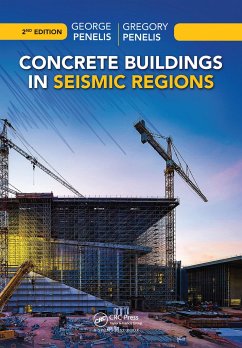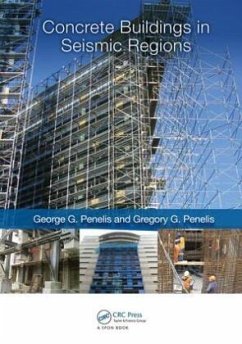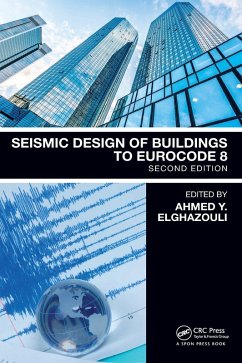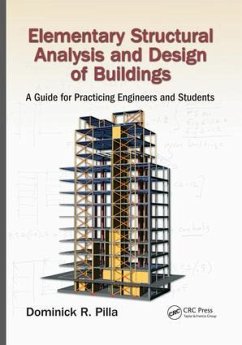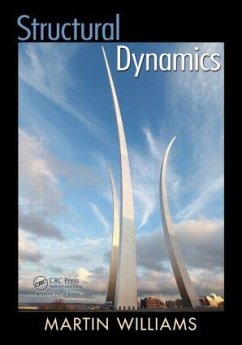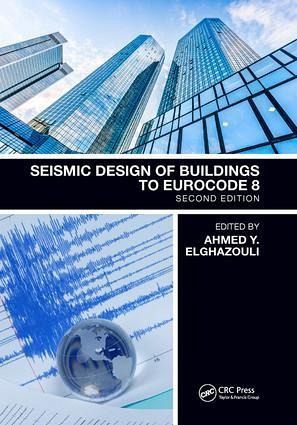
Seismic Design of Buildings to Eurocode 8
Versandkostenfrei!
Versandfertig in 6-10 Tagen
48,99 €
inkl. MwSt.

PAYBACK Punkte
24 °P sammeln!
This book focuses on the seismic design of building structures and their foundations to Eurocode 8. It covers the principles of seismic design in a clear but brief manner and then links these concepts to the provisions of Eurocode 8. It addresses the fundamental concepts related to seismic hazard, ground motion models, basic dynamics, seismic analysis, siting considerations, structural layout, and design philosophies, then leads to the specifics of Eurocode 8. Code procedures are applied with the aid of walk-through design examples which, where possible, deal with a common case study in most c...
This book focuses on the seismic design of building structures and their foundations to Eurocode 8. It covers the principles of seismic design in a clear but brief manner and then links these concepts to the provisions of Eurocode 8. It addresses the fundamental concepts related to seismic hazard, ground motion models, basic dynamics, seismic analysis, siting considerations, structural layout, and design philosophies, then leads to the specifics of Eurocode 8. Code procedures are applied with the aid of walk-through design examples which, where possible, deal with a common case study in most chapters.
As well as an update throughout, this second edition incorporates three new and topical chapters dedicated to specific seismic design aspects of timber buildings and masonry structures, as well as base-isolation and supplemental damping. There is renewed interest in the use of sustainable timber buildings, and masonry structures still represent a popular choice inmany areas. Moreover, seismic isolation and supplemental damping can offer low-damage solutions which are being increasingly considered in practice.
The book stems primarily from practical short courses on seismic design which have been run over a number of years and through the development Eurocode 8. The contributors to this book are either specialist academics with significant consulting experience in seismic design, or leading practitioners who are actively engaged in large projects in seismic areas. This experience has provided significant insight into important areas in which guidance is required.
As well as an update throughout, this second edition incorporates three new and topical chapters dedicated to specific seismic design aspects of timber buildings and masonry structures, as well as base-isolation and supplemental damping. There is renewed interest in the use of sustainable timber buildings, and masonry structures still represent a popular choice inmany areas. Moreover, seismic isolation and supplemental damping can offer low-damage solutions which are being increasingly considered in practice.
The book stems primarily from practical short courses on seismic design which have been run over a number of years and through the development Eurocode 8. The contributors to this book are either specialist academics with significant consulting experience in seismic design, or leading practitioners who are actively engaged in large projects in seismic areas. This experience has provided significant insight into important areas in which guidance is required.






